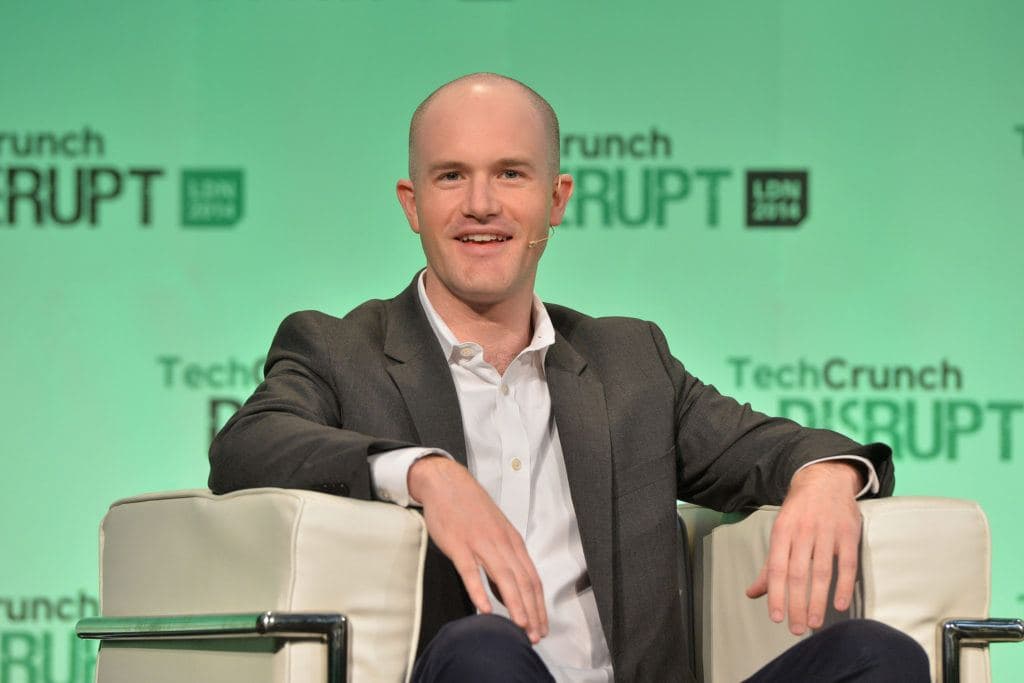Coinbase's Foundational Security Built by Two Engineers in Eight Weeks, Defying 18-Month Estimate

Coinbase CEO Brian Armstrong recently shared a pivotal moment from the cryptocurrency exchange's nascent stages, detailing how a critical security system was developed under immense pressure. The company, which initially launched with a "risky" hot wallet, faced a looming insolvency threat as user deposits rapidly outpaced its financial capacity. This "do or die moment" necessitated the urgent creation of a robust cold storage solution, a task completed by a minimal team in a fraction of the estimated time, ultimately safeguarding the company's future.
In a detailed reflection posted on social media, Armstrong recounted the early days when Coinbase operated solely with a hot wallet, which, though in beta, "prominently told people not to store any money there they couldn't afford to lose." Despite this explicit warning, the platform experienced a relentless and steady rise in user deposits. This escalating volume created a precarious financial situation, as Armstrong noted, "we had about 8 weeks until the total deposits on the platform would exceed the total assets of the company, and only 2 engineers (including myself) to build it."
Recognizing the dire need for enhanced security and a new architecture, Armstrong sought urgent advice from cryptography experts Zooko Wilcox and Charlie Lee (@satoshilite), who provided a "crash course" on cold storage. The seasoned experts estimated that building such a comprehensive system would typically require "a team of ~10 people 18 months to get it all up and running and tested." This presented a formidable challenge, given Coinbase's limited resources and the rapidly approaching eight-week deadline.
Faced with the critical timeline and the imminent threat of hackers "already trying to break in," Armstrong and Charlie Lee "buckled down and set about coding the new cold storage system from scratch." Despite the immense pressure, they made "reasonable trade offs" while ensuring the system was fundamentally secure and a massive improvement over the initial setup. This involved meticulous steps like unboxing new laptops for key generation and storing backup material across several safe deposit boxes and locations, culminating in a successful fund transfer just a week before the critical deadline.
Armstrong proudly highlighted this intense period as "one of my proudest technical accomplishments from the early days of Coinbase: coding our v2 key storage system with 2 people in about 8 weeks, which should have taken 10 people 18 months." He underscored the profound impact of this swift development, stating that without it, Coinbase "very well may not exist today." This foundational experience cemented the company's ethos, demonstrating how "constraints breed creativity, top talent matters in startups, and teams are often capable of more than they think when there is no other option."
This pivotal early triumph established Coinbase's enduring commitment to robust security infrastructure, a cornerstone of its operations today. The company now stores the vast majority, "98% or more," of its customer assets in offline "cold storage accounts," a practice that has evolved through multiple iterations, currently on "v5" of its key storage system. This historical account from Coinbase's CEO serves as a powerful reminder of the critical, often unheralded, engineering feats that underpin the success and longevity of major financial technology platforms in the volatile cryptocurrency market.